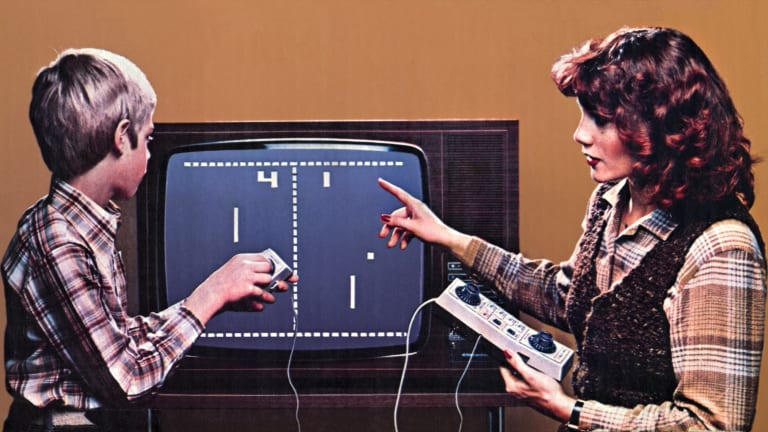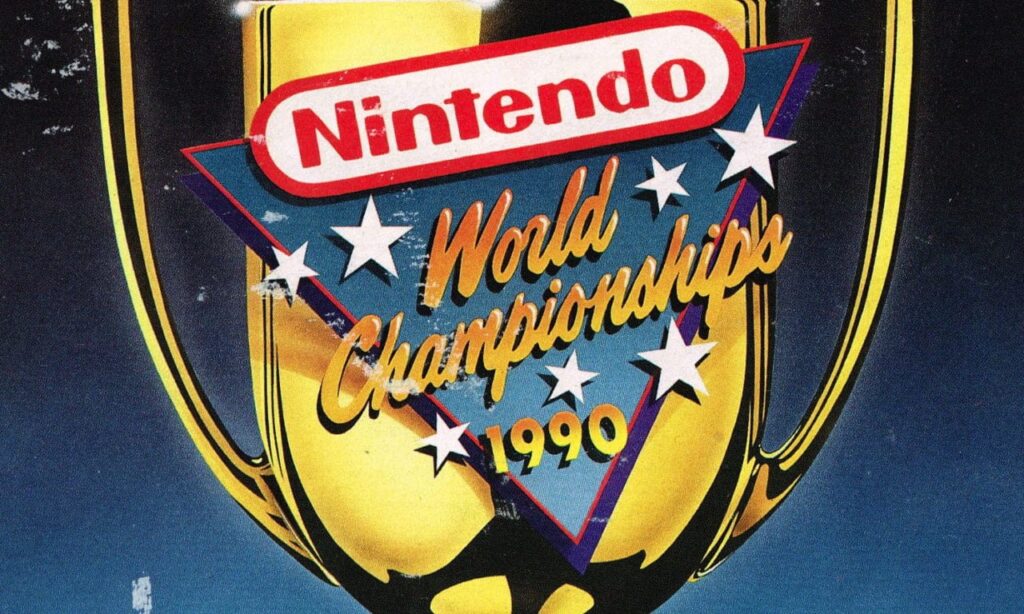The video game industry started as an entertainment pastime for young boys, but it is now a multi-million industry. This is primarily because of widespread exposure and interest in big gaming events. Esport is quickly becoming the most financially rewarding business on the globe. Celebrities, financiers, and major companies are partnering with one another and investing to take advantage of the potential in this rising sector. According to research, esports have a larger audience than Major League Baseball. According to estimates, its 335 million total viewers in 2017 will increase to 646 million in 2023, and the number of monthly players is set to increase from 167 million to 276 million between 2018 and 2022.
Evolution
If you believe that eSports has recently emerged, you are mistaken! The foundation for video games was already set in the 1950s, along with the rivalry between PC and console games. Video games were only appropriate for the general public by the end of the 1990s, thanks to technological advancement. Cybersports have become a significant sport because of improving hardware, visuals, and global Internet access.

Competitive computer games have existed since 1952 when the idea to incorporate “Tic-Tac-Toe” as a game originated from computer scientist Alexander Shafto Douglas. However, players could only play against the computer.
At the open day in 1958, the then-head of “Instrumentation Higinbotham” presented the first real multiplayer game. It was referred to as “Tennis for Two” and allowed two players to compete with one another. Players could knock the ball over the net and modify its direction thanks to an early version of the joystick used to play the game. Many people today believe that this game marked the beginning of US eSports.
The 1970s saw huge achievements for both home consoles and arcades. “Magnavox Odyssey,” which debuted in 1972, was the first video game console with a TV connection. The playing area had to be adhered to the TV in the shape of a template to play, making it rather hard to operate. However, this device made digital gaming accessible to the general public.
In addition, the establishment of arcades allowed the general public to play games like Pong in public settings. Nonetheless, including ongoing top score lists allowed for the game’s competitive element. The 1976 machine “Sea Wolf” was one of the first to use this capability.
Once more, the USA took the next steps toward eSports. The “Twin Galaxies National Scoreboard,” created by arcade owner Walter Day of Ottumwa, Iowa, on February 9, 1982, was the first video game referee service. The incident was inspired by a 1982 Time magazine article on Steve Juraszek, then 15 years old, who broke a record in Defender. But, Walter Day was aware of a young player in his arcade who had significantly broken that mark. He found no international leaderboard for Defender or any other video game after speaking with machine maker Williams and game creator Namco, who was the impetus for developing his service.
He established the U.S. National Video Team in 1983, the world’s first professional video game squad. The first American video game master competition he created was the North American Video Game Challenge. Owing to his enormous efforts surrounding the issue of “video games,” he may be regarded as one of the founders of eSports.

With the significant improvement in Modern technology in the early 1990s, eSports became accessible to everyone. Nintendo launched the “Nintendo World Championships” in the United States in 1990 after seeing the trend of competitiveness at the start of the decade. In 1994, a global championship for video gamers was established by the well-known American video shop chain Blockbuster Video in conjunction with the American GamePro magazine.
It became evident in the 1990s that Computers and networks would be the future of competitive gaming. PCs attracted the attention of private families and the gaming industry as hardware got more affordable and potent. The first big LAN parties where gamers could compete with one another started in the middle of the 1990s. Yet, network gaming was growing more and more exciting on more minor scales, not simply on a huge scale. At local network gatherings, an increasing number of players played their favorite games together. As esport grew, so did Esport betting; as such, it became a recognized form of online betting.
Conclusion

Over 70 years of computer gaming history have seen eSports emerge in several nations. Prize money has dramatically grown; as a result, tournaments are rising yearly, and even eSports betting is now available. It has grown from a small niche to an industry worth billions of dollars that lure numerous investors.
Come check out Belly Up Sports on Twitter for more sports and entertainment news and content.






